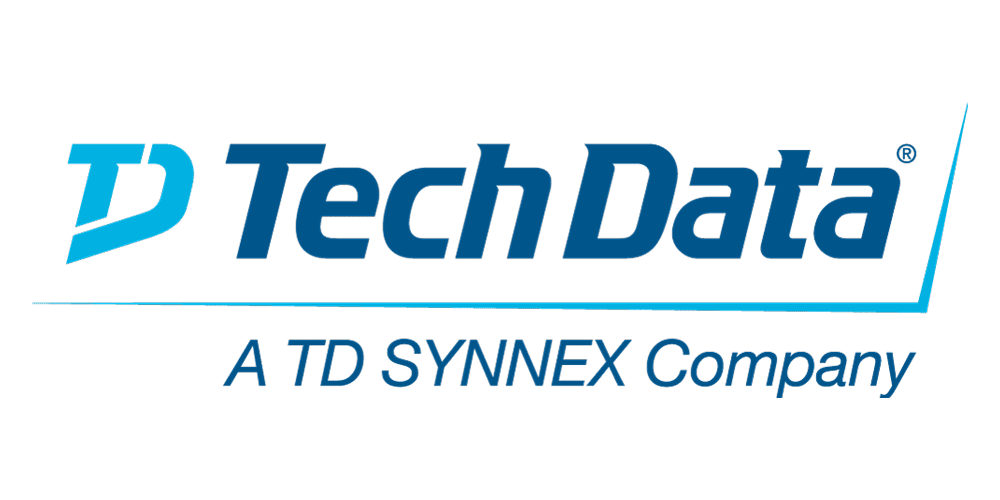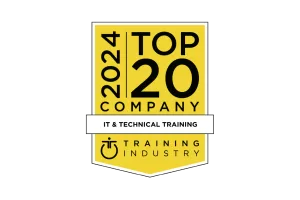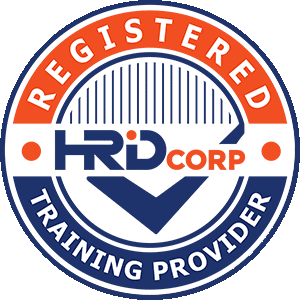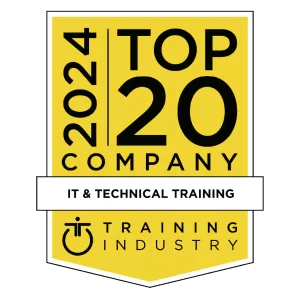The course is intended for Data Administrators that need to prepare for using the DB2 BLU Acceleration facilities of DB2 11.1 for Linux, UNIX and Windows systems.
The concepts and facilities of the BLU Acceleration feature of DB2 11 are presented including loading data into column-organized tables and monitoring the processing of SQL statements that access the tables.
The DB2 10.5 Fix Pack 4, referred to as Cancun, added support for Shadow tables, a new type of Materialized Query Table, and also Column-organized User Maintained MQT tables. One lecture unit describes these features. A demonstration allows students to implement and experiment with these functions.
With DB2 11.1, BLU Acceleration can be used in a clustered multiple database partition DB2 environment. This course includes a lecture and demonstration that allows students to create a set of column-organized tables from an existing set of row-organized tables and execute and analyze the performance of BLU Acceleration in a MPP database.
The lab demonstrations are performed using DB2 LUW 11.1 for Linux.







